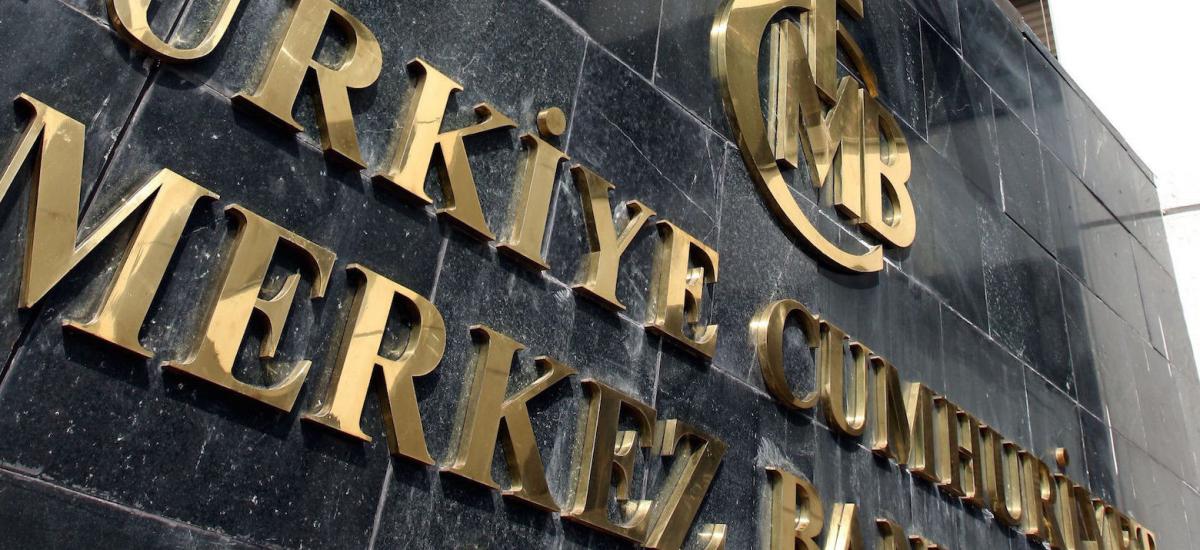Turkey’s central bank may come under further pressure from investors to increase interest rates at a meeting next week after expectations for year-end inflation deteriorated.
Consumer price inflation (CPI) in Turkey may total 11.56 percent in December, according to a March survey of finance industry professionals and business leaders published by the central bank on Friday. Forecasts rose from an average of 11.23 percent in February.
Turkish monetary policymakers are facing calls to increase interest rates from 17 percent after CPI accelerated to 15.6 percent in February, veering away from the central bank’s year-end goal of 9.4 percent.
Rising global commodity prices and an expected uptick in global inflation may pressure emerging market currencies such as the lira and further accelerate price increases in Turkey in March and April, economists say.
The central bank hiked interest rates from 10.25 percent in November and December last year but has kept them on hold since, even as CPI and measures for core inflation increased.
“A 100-basis point hike may be sufficient to mollify the market, assuming they continue the mantra that they are willing to hike further if they deem it necessary,” Nick Stadtmiller, emerging markets strategist at Medley Global Advisors, said in comments on Twitter on Thursday.
“I think the bigger problem for the central bank is convincing the market that they have the domestic political leeway to keep policy tight for as long as it takes to bring inflation down – especially if inflation proves stickier this year than their forecasts imply,” he said.
Turkish President Recep Tayyip Erdoğan, a vocal opponent of high interest rates, sacked the governor of the central bank on Nov. 7, the day after the lira hit a record low of 8.58 per dollar, bringing in Naci Ağbal, a former finance minister. Ağbal has pledged to slow inflation to 5 percent by 2023 by keeping interest rates elevated.
The lira rallied in the months following Ağbal’s arrival, hitting 6.88 per dollar in February. But it has since weakened to trade at around 7.5. It fell by 1.5 percent to 7.57 per dollar on Friday.
The currency is expected to depreciate to 7.9455 per dollar by the end of the year, according to the central bank survey. That compared with an average prediction of 7.7865 per dollar in February. Declines in a currency tend to push up the price of imported goods.
The central bank’s Monetary Policy Committee next meets on interest rates on Thursday.








































admin in: How the Muslim Brotherhood betrayed Saudi Arabia?
Great article with insight ...
https://www.viagrapascherfr.com/achat-sildenafil-pfizer-tarif/ in: Cross-region cooperation between anti-terrorism agencies needed
Hello there, just became aware of your blog through Google, and found ...